- Quick and easy service
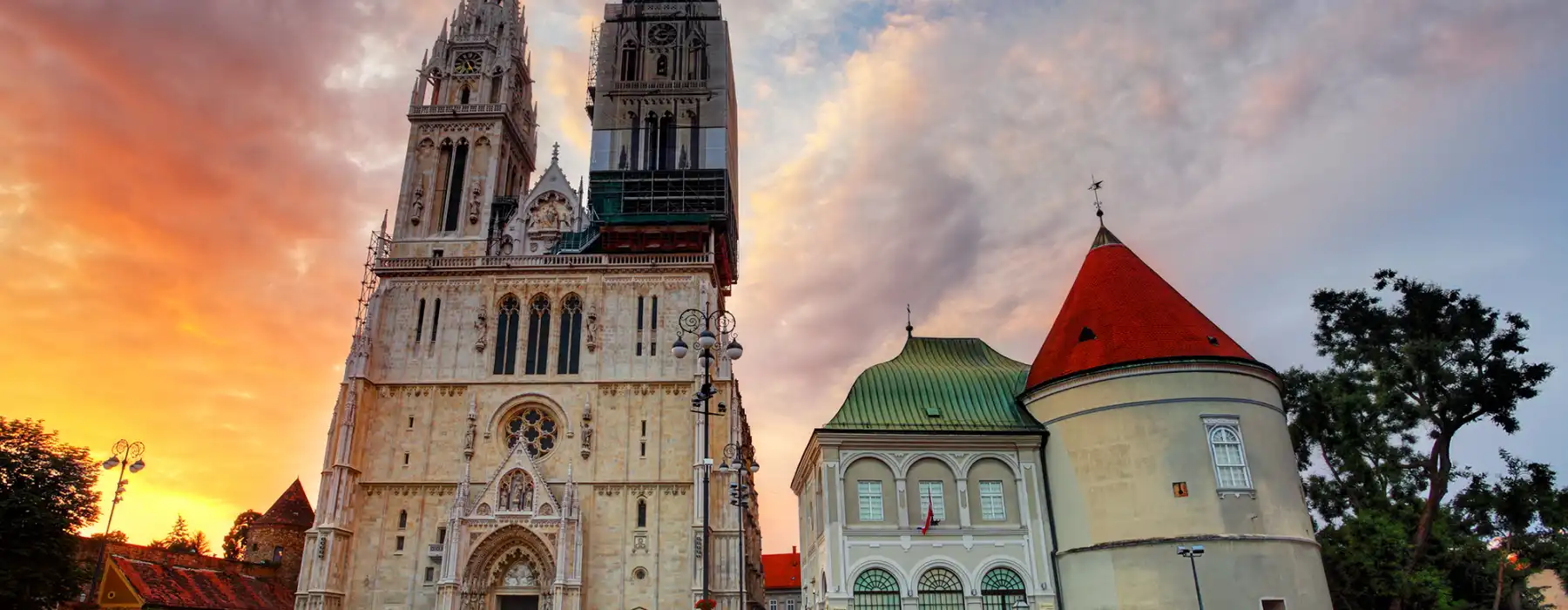
Car Rental Zagreb
Search, compare & book!
- Free cancellation Up to 48 hours prior to the scheduled pick-up time
- Best price guarantee Have you found a better price? Let us know and we will make you a better offer.
- 24000+ pick-up locations Locations around the world

Car Rental Zagreb
Renting a car in Zagreb is simple with us. We offer the best rates in the market. We offer rental cars worldwide, in over 125 countries and more than 17,000 locations. All inclusive car rental in Zagreb at the best rates - quality service guaranteed!
Car rental offers in Zagreb
Whether you're looking for a small rental car or a station wagon for the entire family, we will always have a suitable vehicle at the lowest price. Below are some examples from our selection in Zagreb.
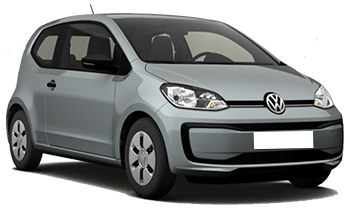
-
Green Motion From€ 3 /day -
Autounion Car Rental From€ 5 /day -
Avant Car From€ 6 /day
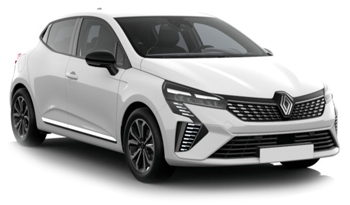
-
Green Motion From€ 3 /day

-
Green Motion From€ 8 /day -
Autounion Car Rental From€ 8 /day -
Avant Car From€ 9 /day
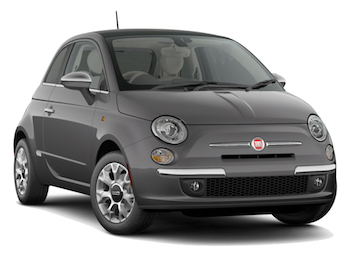
-
Green Motion From€ 4 /day -
CARJOY From€ 4 /day -
OK Mobility From€ 4 /day
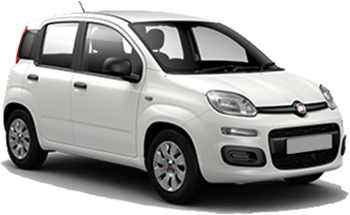
-
Goldcar From€ 4 /day -
CARJOY From€ 4 /day -
Payless Car Rental From€ 5 /day

-
Carwiz rent a car From€ 9 /day -
Enterprise From€ 14 /day -
Sicily by Car From€ 15 /day

-
Green Motion From€ 4 /day -
Autounion Car Rental From€ 7 /day -
Avis From€ 9 /day
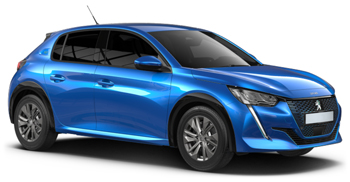
-
Goldcar From€ 4 /day

-
Carwiz rent a car From€ 10 /day -
Alamo From€ 10 /day -
SurPrice car rentals From€ 11 /day

-
Green Motion From€ 3 /day -
Goldcar From€ 4 /day -
Payless Car Rental From€ 5 /day
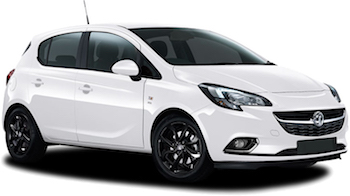
-
Green Motion From€ 4 /day -
CARJOY From€ 4 /day -
Goldcar From€ 5 /day

-
Autounion Car Rental From€ 9 /day -
Avant Car From€ 9 /day -
SurPrice car rentals From€ 11 /day
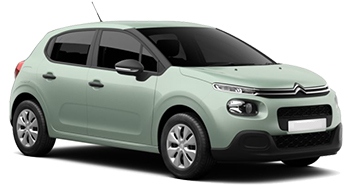
-
Goldcar From€ 4 /day -
OK Mobility From€ 5 /day -
Alamo From€ 11 /day
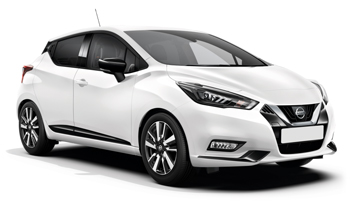
-
OK Mobility From€ 5 /day
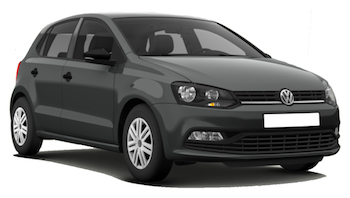
-
Autounion Car Rental From€ 9 /day -
Garage No1 From€ 12 /day -
Budget From€ 13 /day
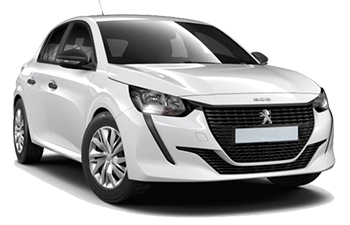
-
Goldcar From€ 5 /day -
OK Mobility From€ 5 /day -
Carwiz rent a car From€ 8 /day
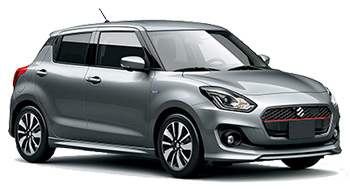
-
addCarRental From€ 5 /day -
ABC Rent a car From€ 6 /day

-
Avant Car From€ 9 /day -
Active Car Rental From€ 21 /day

-
CARJOY From€ 3 /day -
addCarRental From€ 4 /day -
Payless Car Rental From€ 13 /day
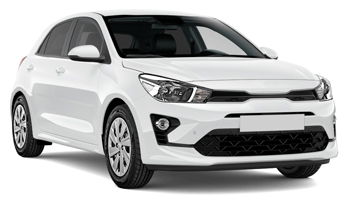
-
CARJOY From€ 3 /day
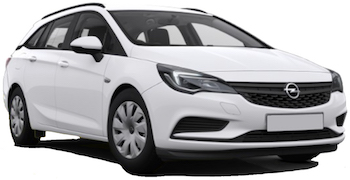
-
Green Motion From€ 9 /day -
Autounion Car Rental From€ 10 /day -
Avant Car From€ 12 /day
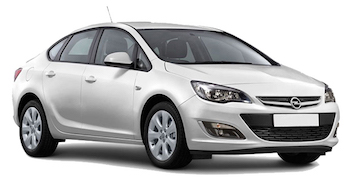
-
Green Motion From€ 4 /day -
Autounion Car Rental From€ 7 /day -
Carwiz rent a car From€ 8 /day

-
Green Motion From€ 4 /day -
Goldcar From€ 10 /day -
Payless Car Rental From€ 11 /day
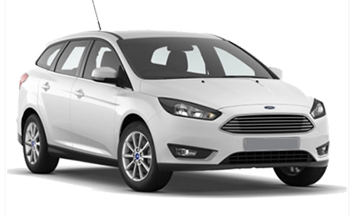
-
Autounion Car Rental From€ 10 /day -
Green Motion From€ 12 /day -
Garage No1 From€ 15 /day
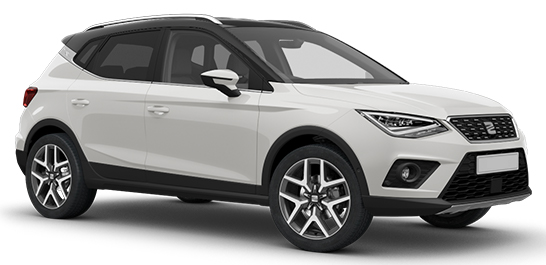
-
Green Motion From€ 5 /day -
FireFly Car Rental From€ 24 /day -
Hertz From€ 27 /day

-
Goldcar From€ 6 /day -
Payless Car Rental From€ 7 /day

-
Green Motion From€ 11 /day -
FireFly Car Rental From€ 25 /day -
Hertz From€ 31 /day

-
Goldcar From€ 6 /day

-
addCarRental From€ 6 /day -
ABC Rent a car From€ 7 /day

-
Sicily by Car From€ 11 /day
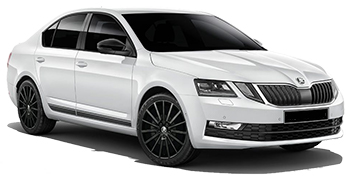
-
Green Motion From€ 8 /day -
Payless Car Rental From€ 15 /day -
Sicily by Car From€ 16 /day
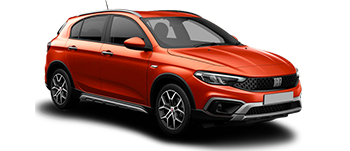
-
CARJOY From€ 9 /day
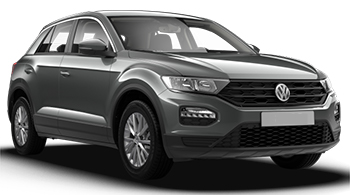
-
Avant Car From€ 12 /day -
Keddy By Europcar From€ 33 /day -
Europcar From€ 36 /day

-
Sicily by Car From€ 10 /day

-
Sicily by Car From€ 10 /day

-
Green Motion From€ 12 /day -
Sicily by Car From€ 16 /day -
Avant Car From€ 19 /day
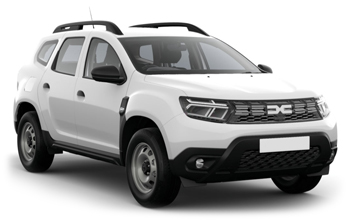
-
Sicily by Car From€ 19 /day
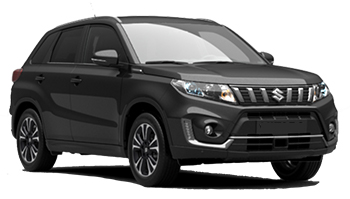
-
Sicily by Car From€ 19 /day

-
Sicily by Car From€ 19 /day -
Carwiz rent a car From€ 26 /day -
Avant Car From€ 27 /day

-
Sicily by Car From€ 19 /day

-
Sicily by Car From€ 19 /day

-
Sicily by Car From€ 20 /day

-
Sicily by Car From€ 20 /day
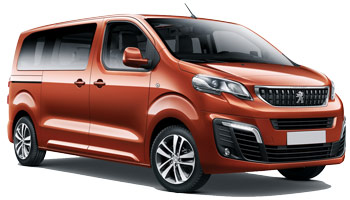
-
OK Mobility From€ 20 /day

-
Sicily by Car From€ 21 /day -
Carwiz rent a car From€ 27 /day -
Avant Car From€ 27 /day
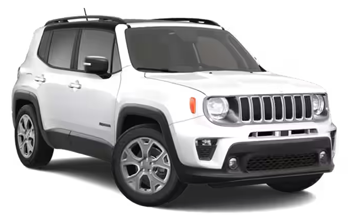
-
CARJOY From€ 4 /day

-
addCarRental From€ 10 /day
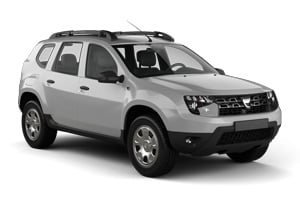
-
SurPrice car rentals From€ 14 /day

-
Sicily by Car From€ 14 /day

-
SurPrice car rentals From€ 15 /day

-
Sicily by Car From€ 15 /day -
Right Cars From€ 82 /day
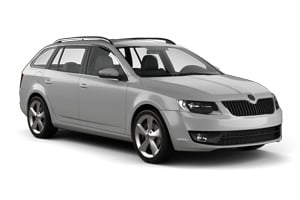
-
Green Motion From€ 25 /day

-
Green Motion From€ 23 /day

-
Green Motion From€ 35 /day

-
OK Mobility From€ 27 /day

-
Avis From€ 30 /day

-
Green Motion From€ 35 /day -
Avant Car From€ 44 /day -
Avis From€ 158 /day

-
Green Motion From€ 35 /day -
Avant Car From€ 36 /day -
Avis From€ 150 /day

-
Avis From€ 37 /day
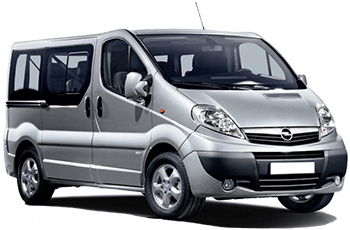
-
Green Motion From€ 39 /day

-
Green Motion From€ 43 /day

-
Carwiz rent a car From€ 42 /day -
Sixt From€ 42 /day -
Keddy By Europcar From€ 64 /day
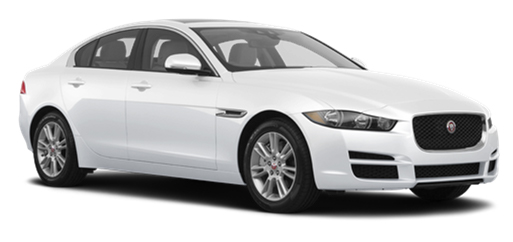
-
Alamo From€ 42 /day -
Enterprise From€ 45 /day

-
Green Motion From€ 7 /day -
Flizzr From€ 22 /day -
Sixt From€ 24 /day
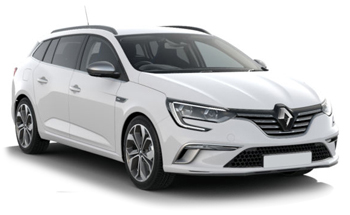
-
OK Mobility From€ 9 /day -
Alamo From€ 14 /day -
Enterprise From€ 17 /day
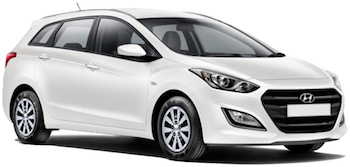
-
Sicily by Car From€ 12 /day -
Keddy By Europcar From€ 32 /day -
Europcar From€ 34 /day

-
Sicily by Car From€ 9 /day -
Keddy By Europcar From€ 26 /day -
Europcar From€ 29 /day
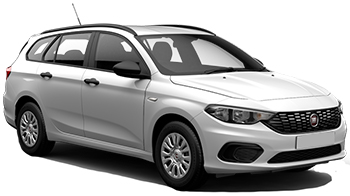
-
addCarRental From€ 9 /day -
Payless Car Rental From€ 13 /day

-
Green Motion From€ 12 /day -
Flizzr From€ 25 /day -
Sixt From€ 31 /day

-
OK Mobility From€ 10 /day -
Autounion Car Rental From€ 12 /day -
Alamo From€ 14 /day
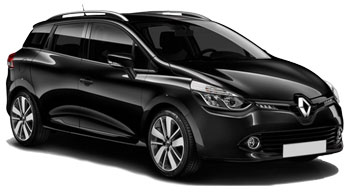
-
Autounion Car Rental From€ 11 /day -
Avant Car From€ 12 /day

-
Alamo From€ 14 /day -
Autounion Car Rental From€ 16 /day -
Enterprise From€ 17 /day

-
OK Mobility From€ 20 /day -
Keddy By Europcar From€ 69 /day -
Europcar From€ 73 /day
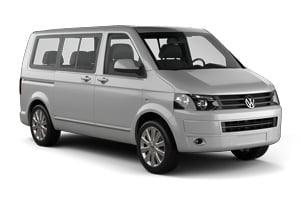
-
Green Motion From€ 26 /day -
Avant Car From€ 42 /day
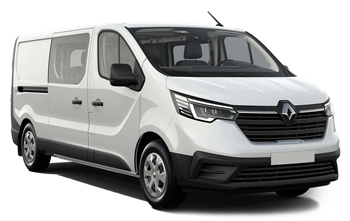
-
Sicily by Car From€ 35 /day -
Autounion Car Rental From€ 46 /day -
Alamo From€ 94 /day

-
Sicily by Car From€ 32 /day -
Carwiz rent a car From€ 44 /day -
Autounion Car Rental From€ 49 /day
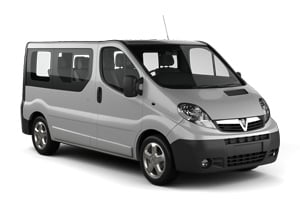
-
Green Motion From€ 43 /day -
Flizzr From€ 47 /day -
Sixt From€ 56 /day

-
Green Motion From€ 39 /day -
Flizzr From€ 44 /day -
Sixt From€ 51 /day
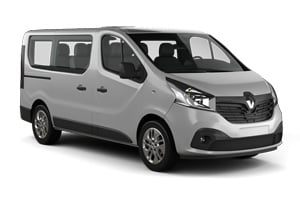
-
Carwiz rent a car From€ 41 /day -
Autounion Car Rental From€ 49 /day -
Alamo From€ 51 /day

-
Avant Car From€ 43 /day -
Green Motion From€ 62 /day

-
Budget From€ 53 /day -
Avis From€ 55 /day -
Unirent Car Rental From€ 100 /day
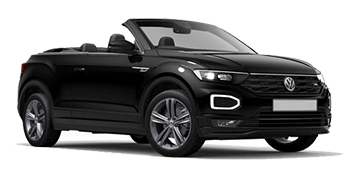
-
Active Car Rental From€ 237 /day

-
Active Car Rental From€ 238 /day

-
Active Car Rental From€ 348 /day

-
CARJOY From€ 4 /day

-
Green Motion From€ 5 /day -
Avis From€ 9 /day -
Budget From€ 9 /day

-
Green Motion From€ 11 /day -
Avis From€ 16 /day -
Goldcar From€ 22 /day

-
addCarRental From€ 6 /day

-
Payless Car Rental From€ 7 /day
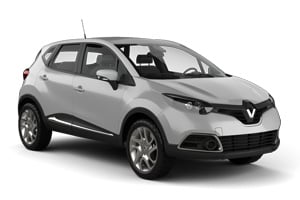
-
Sicily by Car From€ 11 /day -
Avant Car From€ 16 /day -
SurPrice car rentals From€ 25 /day

-
Green Motion From€ 8 /day -
FireFly Car Rental From€ 24 /day -
Hertz From€ 28 /day
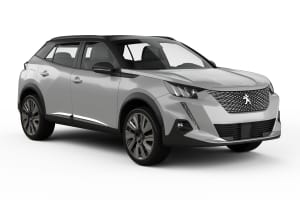
-
OK Mobility From€ 8 /day -
Avant Car From€ 9 /day -
Goldcar From€ 12 /day

-
Avant Car From€ 12 /day -
Budget From€ 16 /day -
Keddy By Europcar From€ 33 /day

-
Keddy By Europcar From€ 33 /day -
Europcar From€ 36 /day

-
Europcar From€ 36 /day

-
Keddy By Europcar From€ 39 /day -
Europcar From€ 42 /day

-
Keddy By Europcar From€ 39 /day -
Europcar From€ 42 /day

-
Keddy By Europcar From€ 45 /day -
Europcar From€ 48 /day
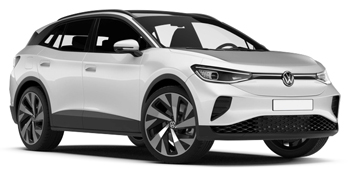
-
Sicily by Car From€ 47 /day

-
Sicily by Car From€ 49 /day

-
Thrifty From€ 70 /day

-
Sicily by Car From€ 76 /day
Car rental companies in Zagreb
Below are the car rental companies in Zagreb with the best ratings. Compare all ratings and prices of these rental companies in one search.
-
Enterprise
From€ 10 / day -
Unirent Car Rental
From€ 26 / day -
Goldcar
From€ 4 / day -
Avant Car
From€ 6 / day -
Active Car Rental
From€ 18 / day -
Garage No1
From€ 12 / day

Car rental companies in and around Zagreb
Information about Zagreb
Since the situation in the Balkans has been stabilized, the capital Zagreb attracts more and more tourists. They are attracted by the beautiful, medieval city center that is very charming with outdoor cafés on every square and a range of shops that measures up to a trendy city like Milano. In the Middle Ages, Zagreb consisted of two cities, Kaptol and Gradec. Kaptol was built around the cathedral and was the city where religious leaders and the elite used to live. Gradec was the domain of craftsmen and workers. Outsiders did consider the two cities as a whole and called it 'Zagreb' (beyond the hills). Officially the two cities were only unified under that name in 1850.
The Ban Josip Jelačić Square forms the heart of the city. Apart from the streetcar, this enjoyable square is pedestrianized. In the center of the square you'll find the statue of Count Jelačić, symbol of Croatian nationalism. For that reason it was removed by the Yugoslav communists in 1947 and for the same reason it was put back in 1990.
The Zagreb Cathedral (Katedrala Marijina Uznesenja) is not very old. The Gothic church was rebuilt at the end of the nineteenth century after an earthquake had destroyed the older church from the twelfth century in 1880. You can still see a relic from the old church inside, an inscription in Glagolitic script (which preceded the current Cyrillic script).
St Mark's Square (Markov Trg) is surrounded by impressive buildings, like the neo-Classical Parliament building Sabor and the Baroque Banski Dvori Palace. The square's eye-catcher is the St Mark's Church, with a colorful roof that represents the coats of arms of Zagreb, Croatia, Dalmatia and Slavonia. The church's interior is less impressive but classical concerts are organized here on a regular basis.
Little is left of the old city walls, except for the Stone Gate (Kamenita vrata). This gate was destroyed during a city fire in 1731, but rebuilt as people saw the image of the Virgin Mary in the smoldering residues. It is therefore also a pilgrimage place.
In the Arts and Crafts Museum (Muzej za Umjetnost i Obrt) you can see how the Croatian elite lived. It is organized in chronological order, from the Baroque era to the industrial revolution and you can find furniture, works of art, ceramics, glass and silverware as well as tapestries.
The most famous modern Croatian sculptor is definitely Ivan Meštrović. His studio is equipped as a cozy museum, where his sculptures are exhibited, but where you can also see how he designed them.
The Tiflološki Museum is special in that it makes art accessible for blind and partially sighted people. Everything in this museum may be, no, has to be touched. It is also a special experience for sighted people, as it has a completely darkened room where you can experience what it feels like being blind. The museum also has an exhibition about the development of Braille script.
At the hill of the old city, a romantic footpath has been constructed from where you have a wonderful view of Zagreb and its surroundings. There is a really short cable car to the Strossmayer Promenade (Strossmajerov Setaliste), probably the shortest cable car in the world. It is really for the lazybones as the stairs only take you thirty seconds to the top ...
The Mirogoj Cemetery is located just north of the center. It is one of the most beautiful cemeteries in the world with arcades, domes and impressive tombstones. It is usually very quiet except on and around November 1 when the Croats remember the dead. They will burn thousands of candles, a truly impressive sight.
In and around Zagreb
The Medvednica Mountain near Zagreb is a national park where you can take long walks while enjoying a beautiful view of the city. The summit lies at 1033 meters and you can either climb to the top or take the cable car. Hiking and biking trails have been plotted from the summit. On the top of the mountain lies the Medvedgrad Fortress, where historical events, including knight fights, take place on a regular basis. There is also a memorial for the victims of the Croatian War of Independence that took place during the first half of the 1990s.
If you take the A3 freeway towards the border with Slovenia, you'll reach Samobor, a well-preserved medieval town. Right next to the river there are houses on little islands, which resulted in the name of this neighborhood Mala Venecija (Little Venice). The town produces the best kremšnite (a type of cake) and in the surroundings there are various hiking trails through nature reserves of Zumberak and Samobor.
Parking
Zagreb has three parking zones. In the red zone you are allowed to park up to 1 hour, in the yellow zone up to 2 hours and in the green zone up to 3 hours. You can pay at a parking machine or via your cell phone. In the past few years, many (partly underground) parking garages have been built in Zagreb and it is easier to park your rental car in one of those.
Airport
Zagreb International Airport is located fourteen kilometers southeast of the city. You can reach the airport in a rental car from the city center by driving south first and then passing under the A3 freeway via Zagrebadčka to the airport.